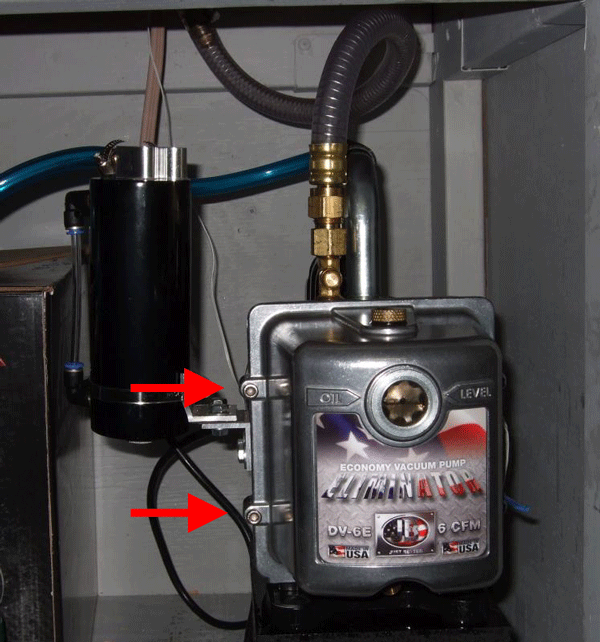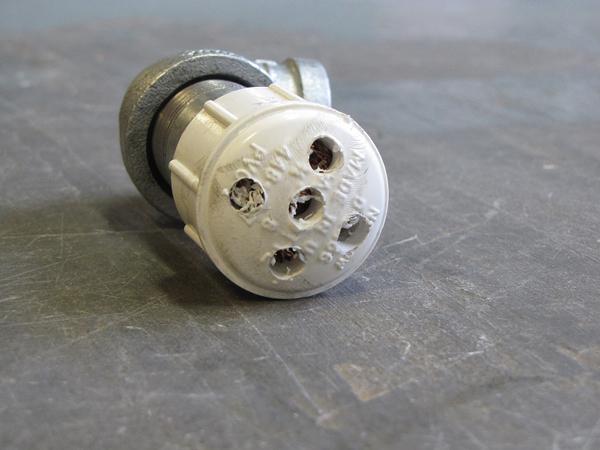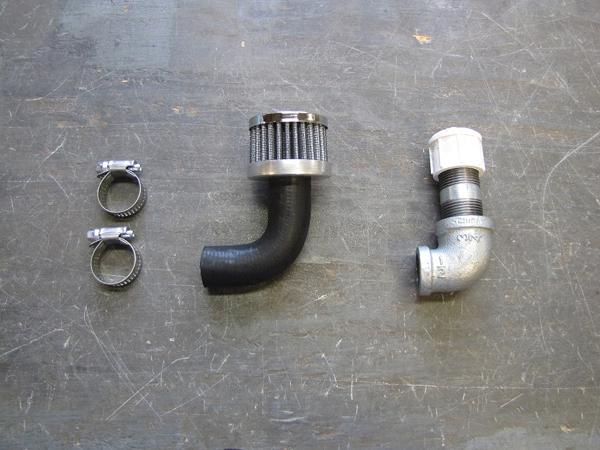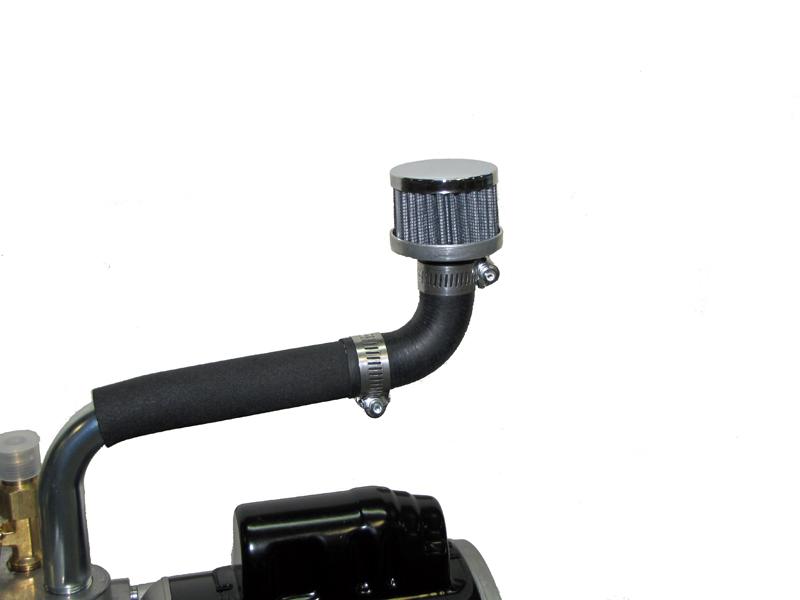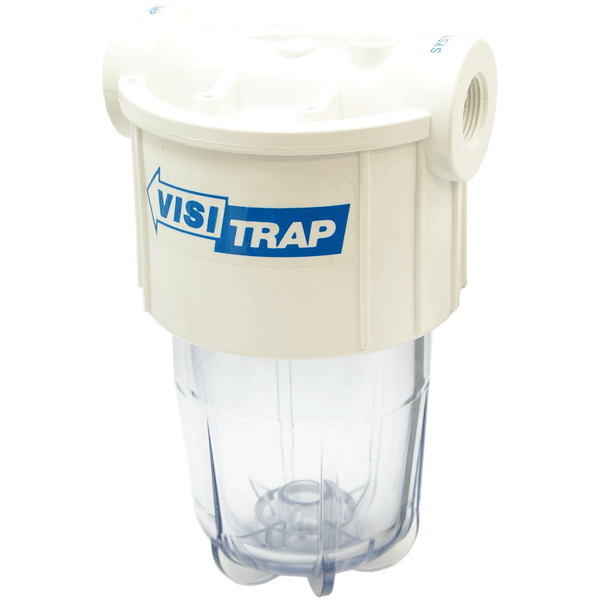
Gypsyman
participating member-
Posts
12 -
Joined
-
Last visited
Content Type
Profiles
Forums
Store
Help Articles
Everything posted by Gypsyman
-
Let me see what I can throw together with existing parts off the shelf in the morning. =)
-
You've given me an idea. I have the parts at the shop to use an actual filter head and a spin on filter. I could have a bracket laser cut and powder-coated that would hold the filter/head assembly horizontal which would allow it to completely drain and the outside of the filter would stay clean. You would simply pour the used oil in one side of the head and it would pass thru the filter, come out the other side of the head and drain into your catch container. Hmmmmm........
-
I'd have to wrap my brain around this one a bit but it seems like the open to atmosphere inlet when the drain is open (and the pump is running) would cause a lot of the oil to be sprayed out of the exhaust. Maybe you could mount the catch can higher than the pump. Then you could just open the drain valve with the system turned off and let the catch can drain back down into the pump. Might work? Richard
-
I think so. Another good idea. =)
-
Great data Tony. Agreed on all points. I'm going to save your post for future reference. Since exhaust restriction didn't seem to have any effect on your results I wonder if the 3/8" hose was icing slightly internally up by the chamber causing further restriction? I have all of my hoses covered in split loom so it never occured to me to check for hose for icing up at the chamber connection point. Considering the amount of moisture we are pulling thru these pumps I think pump corrosion is going to be an ongoing problem for all that use their units heavily. I've actually considered going to a cheaper pump and just scrapping them when the corrosion gets too bad. Short of that I think splash plates and handles are going to be a common maintanance item. Maybe we should consider having splash plates molded from HDPE or something similiar. I wonder if just powder coating the original steel plate would fix the issue? Hmmmmmm.......... Here I go thinking too much again...
-
I need to clarify my earlier reply to Daryn's question. I noticed the tacky kitchen counters using the HR supplied breather. That's why I started testing pump exhaust filters. Apparently my brain was going faster than my fingers. Richard
-
Deryn, This simple filter seems to work very well. I noticed a slight tacky feeling on the counters in the downstairs kitchenette where I run the dryer. That concerned me. If it was fogging the kitchenette even slightly the when the HVAC system for the house was running there was a possibility that it was being sent all thru the house. Not acceptable to me in any form or fashion. S0, I started messing around with exhaust filtration ideas. If you don't have any vacuum leaks then the initial vacuum pull down is when the pump is most likely to "smoke" or mist from the exhaust port. The amount is minute but adds up over numerous runs. I've been washing the filter every 10 to 15 batches. That tells me that even though I'm not seeing oil mist during the initial pull down it is still there to some extent. TonyC, The filter shown is a filter that is built for us but any PCV or valve cover breather filter with a 3/4" stem should work just fine. I was just trying find a simple solution that was easy to install for those that weren't happy with the HR supplied breather. I really like your catch can idea as we use something similar in our industry on the older trucks. If people decided to use that particular catch can I could machine up a handful of billet aluminum mounting brackets that would allow a simple bolt-on installation using the factory pump cover bolts. I have a tendency to over build and over think everything. Anal by nature. Just ask my wife. =) The Visi-Mist and Visi-Trap filters that I will be using when the cabinet is done are probably overkill but I like to experiment. The pump inlet will be run thru a Visi-Trap with a 5 micron Poly-Pro element which is supposed to be good for high volumes of solids and particulates. I'm hoping to catch as many particles as possible before they make it to the pumps oil chamber. I suspect that the majority of the pump oil contamination is happening during the initial pull down faze of the system. The exhaust will be run thru a Visi-Mist with a low-resistance micro-fiberglass coalescing filter. The clear housing should promptly show if we really are getting a large volume of oil mist/fogging during the initial pull down of the system. I had the laser shop cut cooling perforations in both sides of the cabinet to match the pattern on the freeze dryer and allow airflow for pump cooling. I also tracked down a handle for the door that matches the handle on the dryer. Should give it a nice factory look. Super excited to see if it comes out as nice as I hope it will. I'll post photos of the cabinet and filtration system as soon as it's complete. Shouldn't be much longer now.
-
Very nice work Tony. Great find! I'm building a custom cabinet/stand for my HR dryer. While I've been working on the cabinet I've also been playing with various inlet and exhaust filters for the pump too. When I received my dryer I was impressed with the build quality of the dryer itself but appalled by the cobbled together hardware store exhaust demister that HR supplied for the vacuum pump. Just some cheap pipe fittings with what appears to be a hunk of copper scouring pad shoved into it. They didn't even take the time to clean the shavings out of the hand drilled holes in the plastic cap. This shows the HR "demister" beside a filter that I carry in my store for another application. Perfect fit. Clean, simple, professional looking and washable. Once the cabinet is done I'll be adding versions of the filter shown below for both the pump inlet and exhaust.
-
Is the oil spray coming from the pumps exhaust (handle)? If the unit is staying in the cooling mode and you have oilmist coming from the pump exhaust then you most likely have a vacuum leak. Check your hose connections, pump oil drain, and door seal. Richard
-
Are you using O2 absorbers?
-
I've been using discountmylarbags.com for my supplies. Had good luck so far. O2 life is hard to judge but they should not be hard or brittle as they are a powdered product. The packs of them typically have an OxyEye indicator that should be pink if the package of absorbers is good. Once placed in your bag they should get warm to the touch when they begin reacting. Usually takes about 30 minutes. The page below is a good reference for sizing. http://www.sorbentsystems.com/order_O2.html Since you are removing the oxygen (which I believe is about 20% of the volume) you can get a decent "vacuum pack" on product if you just squeeze enough of the excess air out to start with. I have 5 gallon bags of wheat and rice that pulled down as hard as a brick of coffee from the store using just a 2000cc absorber and taking the time to remove as much of the excess air as possible before sealing.
-
A vacuum leak at the door seal, loose vacuum line fitting or an overfilled pump could all cause oil loss out the exhaust. As for the water vapor contamination of the pump oil. I will be installing a frontline vapor trap ahead of the pump to help with that issue. I think part of the problem is that Harvest Right now uses the cheaper Eliminator pump which doesn't have a gas ballast valve to help eliminate part of the water vapor during initial pull down. Long term I plan on upgrading the pump to the Platinum which has a gas ballast and using the vapor trap ahead of it.


